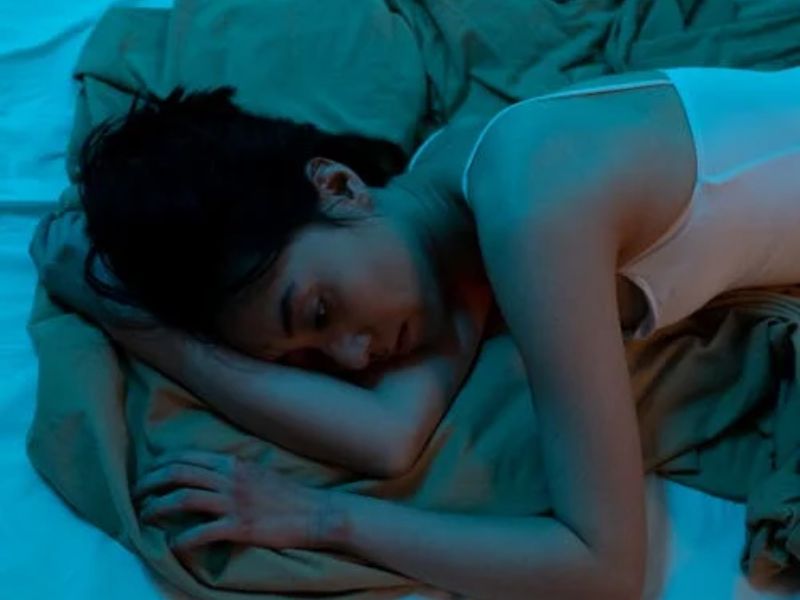The term SAD, or seasonal affective disorder, is appropriately used to describe seasonal depression.
As the days grow shorter, many of us may experience the winter blues. Still, an estimated 10 million persons in the US suffer from seasonal affective disorder.
The typical duration of this mental health disorder, sometimes called seasonal depression, is four to five months.
It should be no surprise that people living further north in regions with shorter days and earlier sunsets are more prone to suffer from SAD. Despite this, people who live in warmer, sunny climates are still impacted.

Image Credit: Pexels/THIS IS ZUN
Daily Challenges
Seasonally depressed individuals may find it challenging to do daily tasks.
People with SAD may feel unmotivated and lose interest in daily tasks, similar to individuals with major depressive disorder.
They Feel More Alone.
The darker months may make SAD sufferers feel more alone.
Furthermore, dealing with seasonal sadness can make it much harder to maintain social and emotional ties with loved ones.
Loneliness and apathy are the two main SAD symptoms that patients report. During the winter, they feel emotionally cut off from everyone around them and become somewhat numb.

Image Credit: Pexels/cottonbro studio
Disrupted Sleep Patterns And Exhaustion.
Sleep issues and SAD often coexist. People noted that their seasonal depression symptoms frequently took the form of persistent tiredness, which resulted in hypersomnia. Simply expressed, hypersomnia is characterized by recurrent episodes of daytime sleepiness, challenges waking up in the morning, and persistent tiredness even after sleeping more than usual.